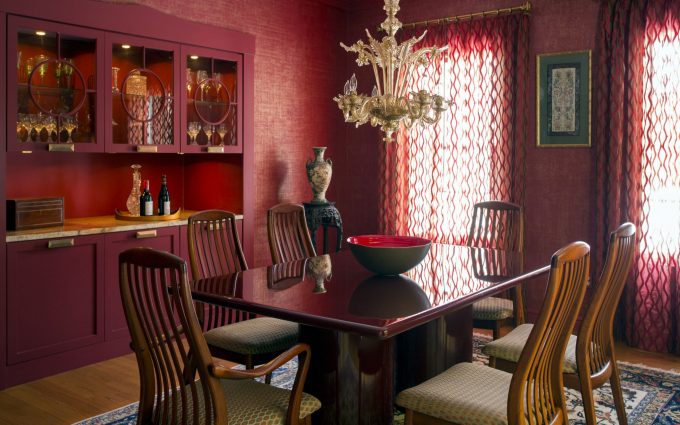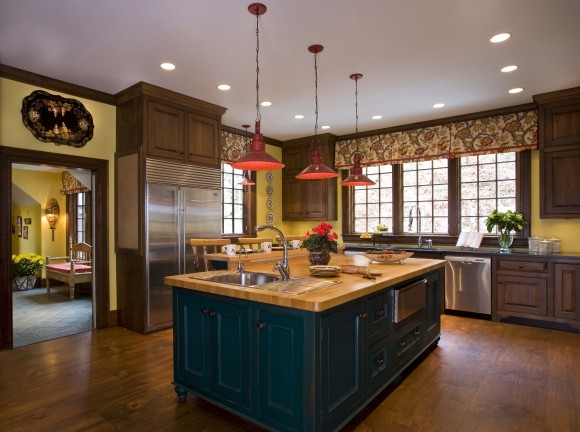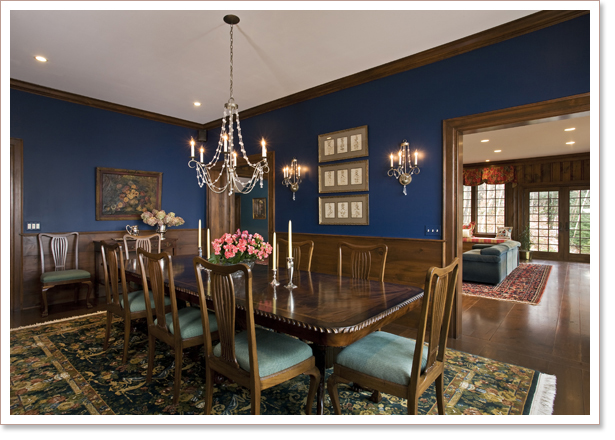
Tips from an Interior Designer for choosing the perfect wall color
Just like fashion trends, color trends come and go. To have a beautiful and comfortable home, you don’t have to follow the trends – you should follow what makes you feel good. The trick is to blend the colors you like into pleasing combinations that work for you. Selecting color is not difficult if you equip yourself with some basic information. Here are a few things to keep in mind to ease the process.
Use key elements from your home
Take stock of the key elements exist in your home. The color of the floor is an important consideration because it anchors the room and can impact the color of the walls due to reflections. Fabrics, furniture, and rugs are all available in a more limited range of colors than paint, so it’s best to finalize these elements first. Furniture tends to be the most expensive and hardest items to replace in your home. For example, an heirloom dining room table will probably always take precedent over paint colors because it’s special and irreplaceable, so take an inventory of your “must” items in each room before starting on the wall colors. The color scheme you choose should tie everything together.
Pay Attention to Lighting
There’s a reason why paint stores have light boxes for you to view paint chips! Light levels and sources have a great impact on color. The same paint looks different in different spaces. Incandescent lighting brings out warm tones and yellows, and fluorescent lighting casts a sharp blue tone. A strong color might be too overpowering when used on all walls in a small space or next to a large window, but it might be perfect for an accent wall with indirect light. Analyze your room and the available lighting at various times of the day–especially times you plan to spend in the room–to determine what lighting factors to consider when choosing the paint colors for that room.
Walk in to Another Room
Approach your home’s wall colors like a composition, and see how they interact when viewing one next to the other in adjacent rooms. Consider how they flow from room to room to create the larger story of your home.
Test your color choice
Boost your confidence by testing colors on poster boards or large areas of a wall. Don’t be afraid to go beyond your comfort zone: Consider strong, vivid colors or soft, deep neutrals as main or accent colors. Have fun with this testing step and remember, it’s only paint! You can always change it.
These general guidelines are a good starting point in your search for a paint color. But remember, color choice is a very personal matter. You’re the one who has to live with your new paint color, so choose a color that suits you, your family and your lifestyle. And after investing time to select just the right color, make sure it continues to look that way long-term by investing in high-quality paint.


Leave a Reply